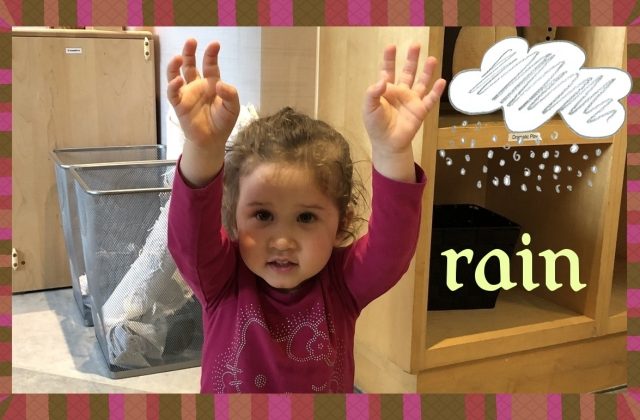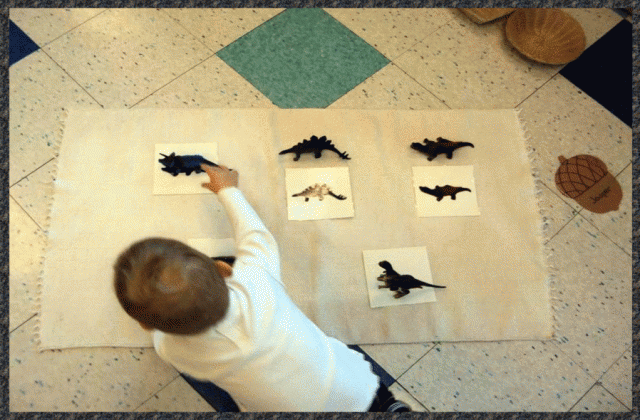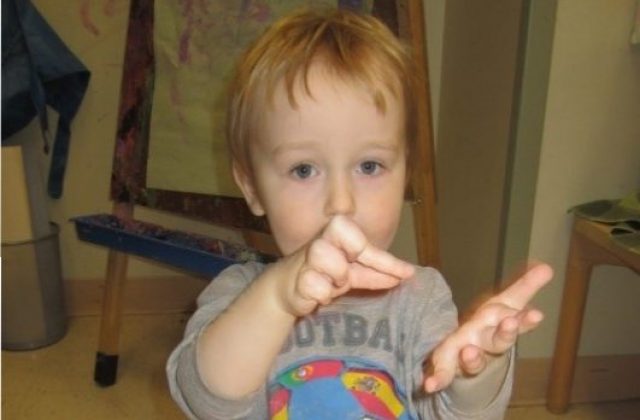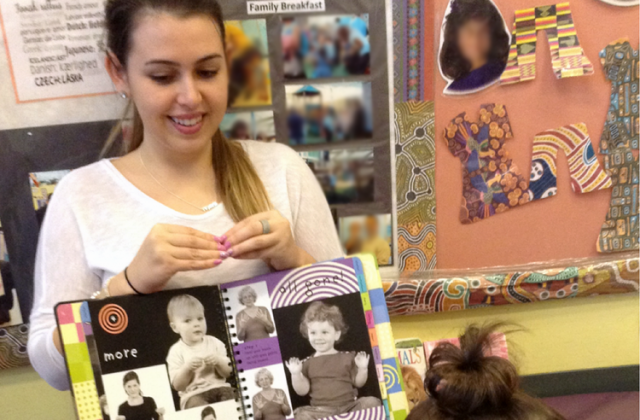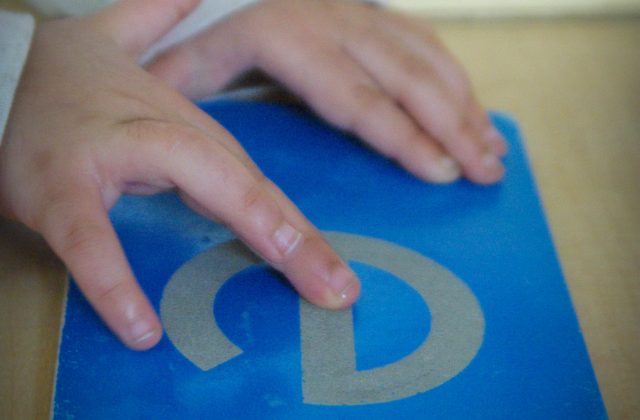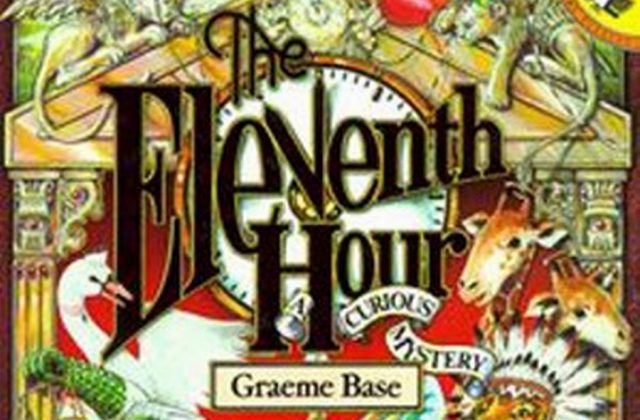Sign Language
Sign language, one of the forms of expression in the Under 3 community, helps children still acquiring verbal skills to communicate their needs and wants. We have a set of sign language cards that the children enjoy exploring. On each card is a picture of the object on one side and the sign on the other. The child is able to practice verbalizing and signing each word with this activity.
Please click “Sign Language” for more details and photos.
View
